Wine from Cahors AOC
The AOC Cahors takes its name from the town of the same name, the capital of the Lot department in the southwest of France. The approximately 4,500 hectares of vineyards are located on both banks of the Lot river and form one of the oldest and most historically renowned wine-growing regions in the country.
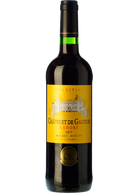
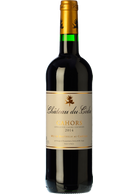
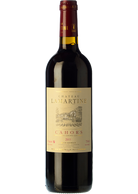
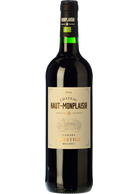

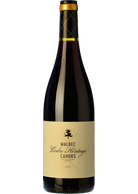
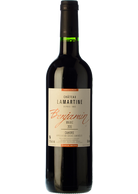
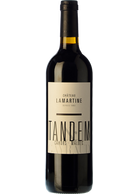

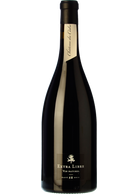
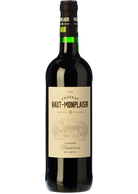
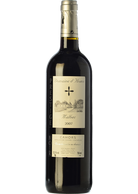
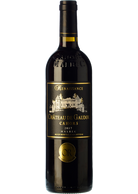
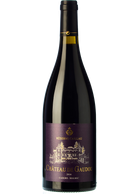
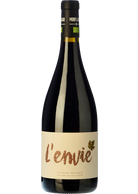
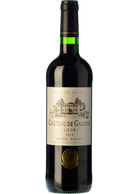
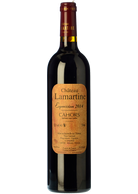

Château Haut-Monplaisir Cahors Pur Plaisir 2018
BIO
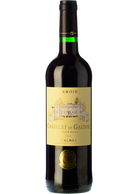
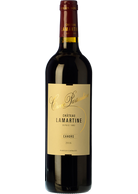
Cahors AOC
The AOC Cahors takes its name from the town of the same name, the capital of the Lot department in the southwest of France. The approximately 4,500 hectares of vineyards are located on both banks of the Lot river and form one of the oldest and most historically renowned wine-growing regions in the country.
As early as the 1st century, the Romans established the first vineyards here, and from the 12th century onwards, Cahors wines were exported on a massive scale to the port of Bordeaux and from there to northern Europe.
From that time onwards, the reputation of Cahors wines grew steadily and they were considered a wine of great nobility and served in courts all over the world. In Russia, for example, the Tsars adopted it as a gala wine and the Orthodox Church adopted it as a liturgical wine.
Unfortunately, phylloxera destroyed almost the entire vineyard but gave the Malbec grape variety time to travel to Argentina to create the Mendoza vineyard at the foot of the Andes. At the end of the Second World War, some winegrowers decided to join forces to revive the Cahors vineyard and began to invest heavily in high-quality production.
Their efforts led the region to achieve AOC status in 1971 and since then, the international reputation of Cahors wine has grown steadily, gradually regaining the prestige of yesteryear.
The vineyard is set on terraces and slopes with pebble and gravel soils. The local grape variety, Malbec, known locally as auxerrois or Côt, is still grown there, mainly (but also Merlot and Tannat).
This grape, which enhances the colour of the wines due to its richness in pigments, is responsible for the fact that Cahors wine has been called "black wine" for centuries.
Because of their solidity and tannin content, Cahors wines are good for ageing and can be kept for 4 to 8 years, even longer in large vintages. However, they can also be consumed young, when their colour and fruit are more intense.
In general, Cahors red wines are dark purple in colour and have great aromatic complexity. Behind the red and black fruits (plums, blackberries and redcurrants), there are notes of spices such as cinnamon and pepper, often accompanied by hints of cocoa, undergrowth and even truffle.
On the palate they are powerful, tannic wines that masterfully combine power and elegance. Balanced, voluminous and long, they usually end with fine hints of liquorice or violet, to which bottle age will add new nuances year after year.
They work very well with sausages that are not too spicy, with game or mushrooms and, especially, with the traditional cassoulet from the South of France.